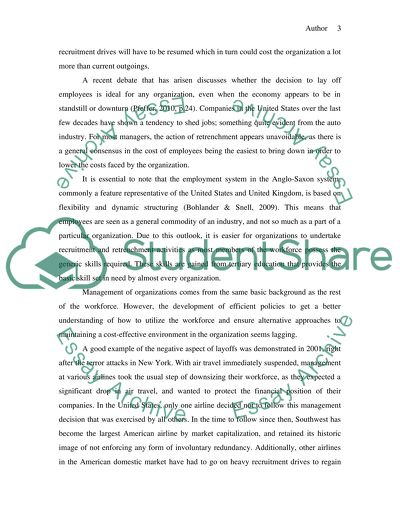Cite this document
(“Current management issues in the real world Essay”, n.d.)
Current management issues in the real world Essay. Retrieved from https://studentshare.org/miscellaneous/1563581-current-management-issues-in-the-real-world
Current management issues in the real world Essay. Retrieved from https://studentshare.org/miscellaneous/1563581-current-management-issues-in-the-real-world
(Current Management Issues in the Real World Essay)
Current Management Issues in the Real World Essay. https://studentshare.org/miscellaneous/1563581-current-management-issues-in-the-real-world.
Current Management Issues in the Real World Essay. https://studentshare.org/miscellaneous/1563581-current-management-issues-in-the-real-world.
“Current Management Issues in the Real World Essay”, n.d. https://studentshare.org/miscellaneous/1563581-current-management-issues-in-the-real-world.


